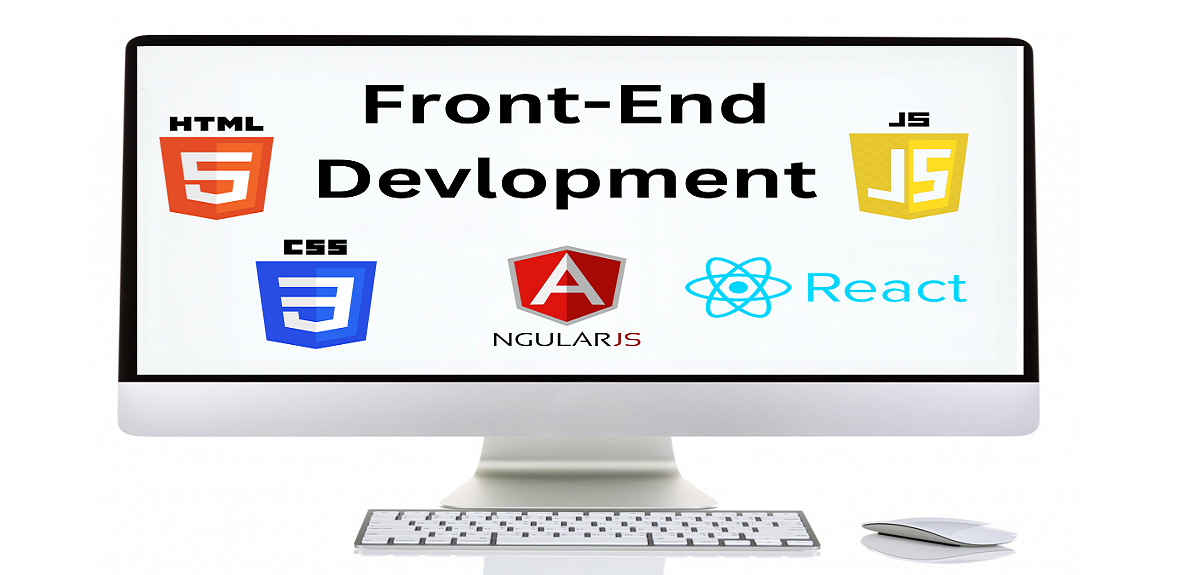website Front-end devlopment involves creating the visual and interactive parts of a website that users see and interact with. At Datainfosee a breakdown of the essential content and skills you need to know for front-end web development:
HTML (Hypertext Markup Language):
- HTML is the standard markup language used to create the structure of web pages.
- Learn about HTML elements, tags, attributes, and semantic markup for better accessibility and SEO.
CSS (Cascading Style Sheets):
- CSS is used to style HTML elements and define how they are displayed on the screen.
- Study CSS selectors, properties, values, specificity, and the box model.
- Explore modern CSS features like Flexbox and Grid for layout design.
JavaScript:
- JavaScript is a programming language used for adding interactivity and dynamic behavior to web pages.
- Learn JavaScript syntax, data types, functions, events, and control structures.
- Understand DOM manipulation for interacting with HTML elements dynamically.
- Explore asynchronous JavaScript, Promises, and AJAX for handling data and making requests.
Responsive Web Design:
- Learn how to create websites that adapt and respond to different screen sizes and devices.
- Understand media queries, flexible grids, and responsive images.
- Practice mobile-first development principles to ensure optimal user experience on smaller screens.
Version Control (e.g., Git):
- Version control systems like Git help you track changes to your code and collaborate with other developers.
- Learn basic Git commands for committing, branching, merging, and pushing code to repositories like GitHub or GitLab.
Front-end Frameworks and Libraries:
- Explore popular front-end frameworks like React.js, Vue.js, or Angular.
- Understand how frameworks help in building scalable, maintainable, and interactive web applications.
- Learn about component-based architecture and state management in modern web development.
Cross-Browser Compatibility and Performance Optimization:
- Understand differences in browser rendering engines and how to write code that works consistently across browsers.
- Learn about performance optimization techniques like code minification, lazy loading, and caching to improve website speed and user experience.
Accessibility and SEO (Search Engine Optimization):
- Ensure your websites are accessible to users with disabilities by following accessibility standards and guidelines (e.g., WCAG).
- Understand SEO best practices for improving website visibility and ranking in search engine results.
Build Tools and Task Runners:
- Familiarize yourself with build tools like Webpack, Gulp, or Parcel for automating repetitive tasks, bundling assets, and optimizing code.
- Learn about package managers like npm or Yarn for managing dependencies in your projects.
Basic Design Principles:
- Gain a basic understanding of design principles such as typography, color theory, and layout.
- Learn how to use design tools like Adobe XD, Figma, or Sketch for prototyping and collaborating with designers.
Remember, front-end web development is a dynamic field, so it’s essential to stay updated with the latest technologies, tools, and best practices through continuous learning and hands-on experience.

